You could say that I was likely born with a predestined love for science centres. My father was a Munich native, and grew up not too far from its famous science museum, the Deutsches Museum. He visited on a regular basis, and it obviously made a big impression on him as he would often mention the museum as I was growing up, or refer to specific exhibits. I believe I was around six years old the first time I went there, and I was just blown away! For a little kid to actually clamber over and into real train locomotives, fighter jets and so on was simply amazing, not to mention the many interactive exhibits. I lived overseas for much of my childhood, and by age six I was a veteran of the boring – no stultifying – European museum scene. I had already been dragged through a lifetime’s worth of temples, churches, museums and art galleries, where everything was ‘look don’t touch’. To actually interact with displays was a revelation, and the fact that the exhibits were dedicated to things I found interesting – machines, science, technology, versus old buildings and paintings of mountains and dead people – was not lost on me.
The Deutsches Museum opened in 1903, and as far as I know, it was the first museum of its kind, anywhere. It is still the world’s largest science museum, with over 1.3 million visitors per year, and a total exhibit area of over 55,000 m2 (almost 600,000 ft2). It became the model for an explosion of similar museums around the world, with the two basic philosophies being the display of actual working (or retired) machines, and the use of hands on, interactive exhibits.
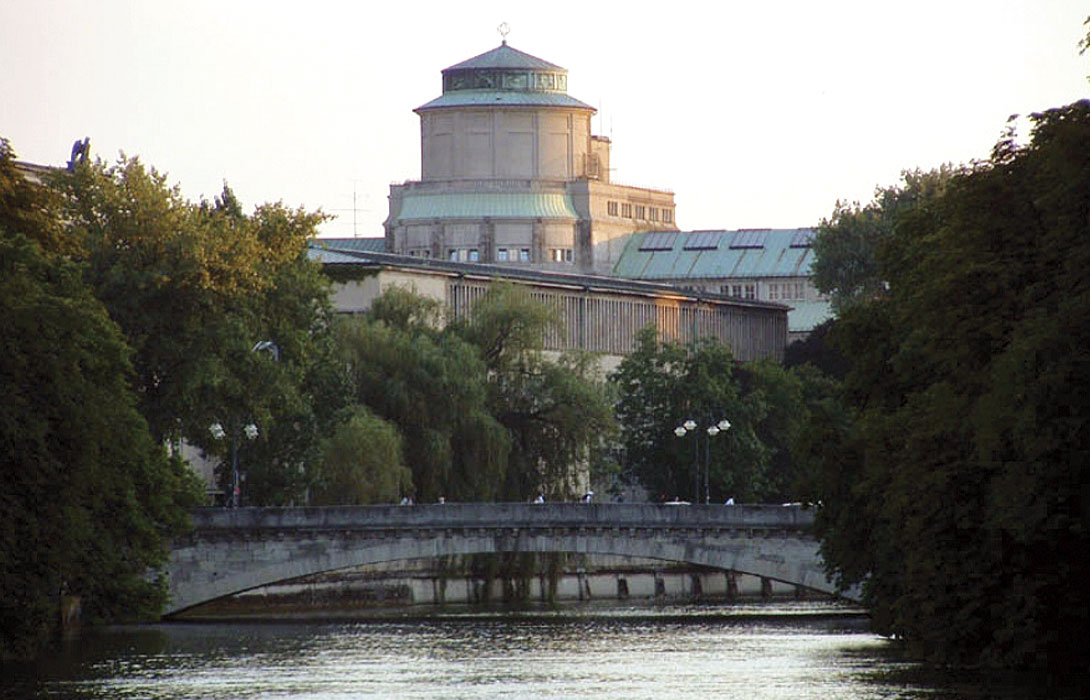
From a broader social history perspective, the emergence of the Deutsches Museum reflects the transition in Europe from the colonial period to the modern era. As European countries colonized the new world, they basically plundered the art (and samples of rocks, flora and fauna) of the lands they took over. Many of these items were brought back to Europe where they were exhibited to enhance each country’s image of power and prestige. I would say it really started in earnest with the conquest of South America by the Spanish and Portuguese. Thousands upon thousands of valuable Native American artifacts were brought back to be displayed, first in churches and palaces, and then state constructed museums. Every major European city has at least one of these monolithic museums. A spectacular example is the Louvre in Paris, built to hold all the goodies looted from Egypt by the French under Napoleon; the British Museum in London of course houses a huge collection, including the controversial Elgin Marbles, deviously taken from the Parthenon in Athens with Ottoman complicity; Vienna has more museums than you can shake a stick at, full of valuables collected from around the world by the Austro-Hungarian empire; and so on.
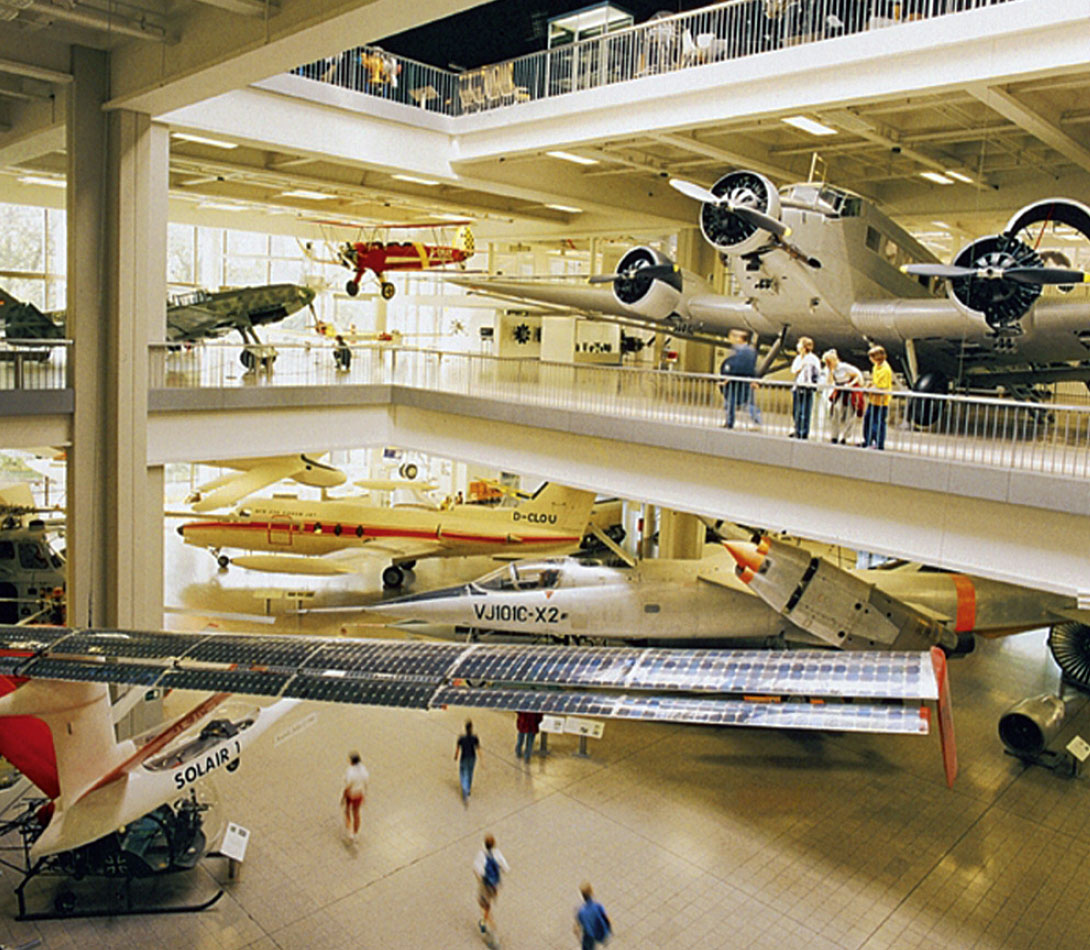
The common experience for the modern tourist is that while impressive, these huge static displays of what essentially are collections of pretty and / or valuable things get boring really fast. I recall seeing an entire hall in Vienna’s Museum of Natural History dedicated to display cabinet after display cabinet of meteorite fragments. While I have an admitted love for Widmanstätten patterns, and that collection is undoubtedly invaluable to meteorite experts such as our own Alan Hildebrand, I question its general value as a public display. Is that room really adding much to society? Is it a positive mirror for Austrian culture? Is it going to inspire youngsters to pursue science as a career? Is it raising public awareness of science? I think the answer is no to all those questions. (Elsewhere in that museum is displayed the Venus of Willendorf, a highlight of my visit there – somewhat weird, but a highlight nonetheless – so please interpret my comments as a way of making a point, not a blanket criticism of that museum.)
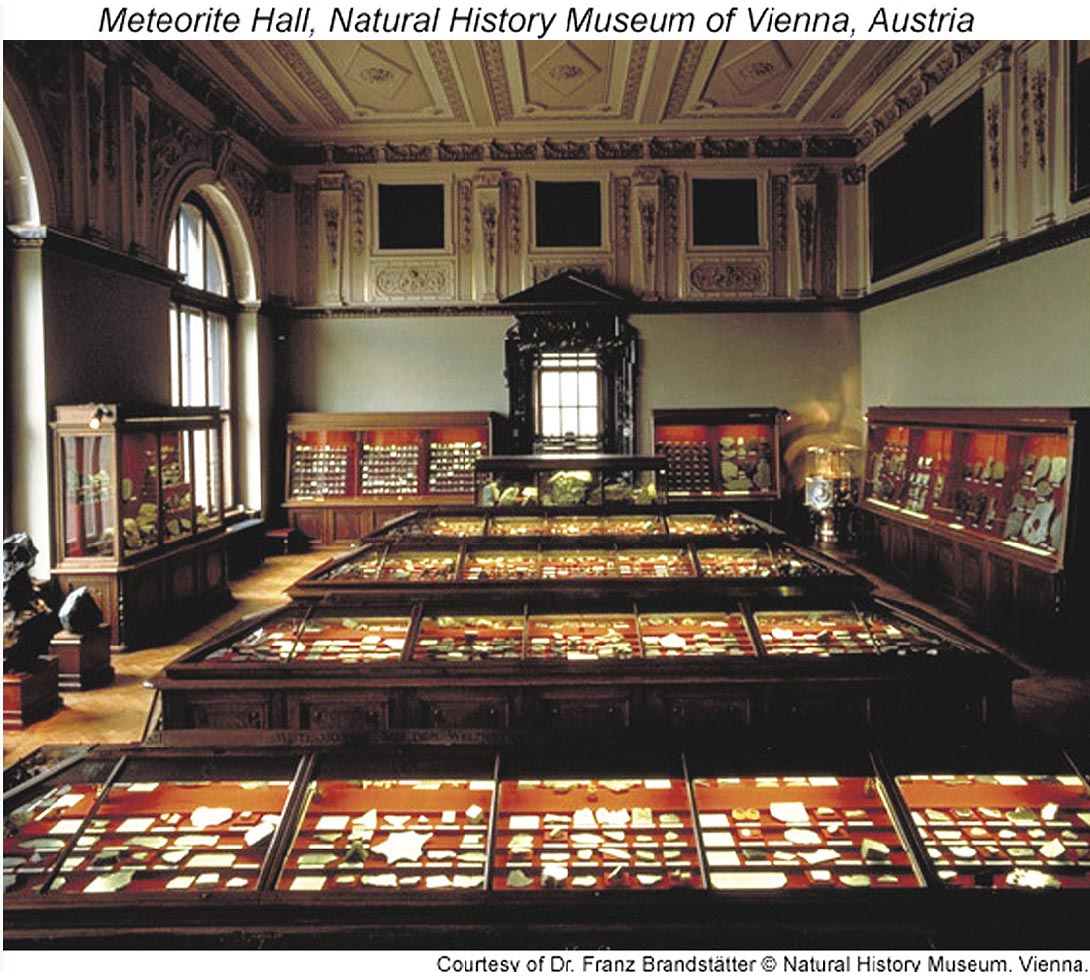
Europe began to transition out of the colonial period with the maturation of the industrial revolution, increasing difficulties managing far flung colonies (ultimately leading to many wars of independence), huge population movements due to demand for cheap labour, the replacement of monarchies with democracies, and the emergence of world-changing technologies such as wide spread use of electricity, coal, oil, modern machining methods, mass production, telegraph communication, etc. A country’s national pride increasingly was no longer based on the size of its colonies, but on its technical advancements. It was just a matter of time before something like the Deutsches Museum sprung up somewhere, and it seems fitting that the Germans, with their love of science and technology, were the first to do it.
In 1967 I moved to Canada for the first time, to my mother’s home town of Toronto. One of the larger projects that came out of Canada’s centennial celebrations was the construction of the Ontario Science Centre, just a few miles from where I lived in North York. Construction issues delayed its opening until 1969, but from that point on I was a regular visitor, both on school trips and with my family – a curious parallel to my own father’s childhood. I can’t say that I recall a particular moment or epiphany triggered by the Ontario Science Centre where I decided I wanted to be a scientist, but I’m sure that the many experiences I had there stayed with me at some sub-conscious level, creating a generally positive impression of science, and paving the way for my ultimate career choice.
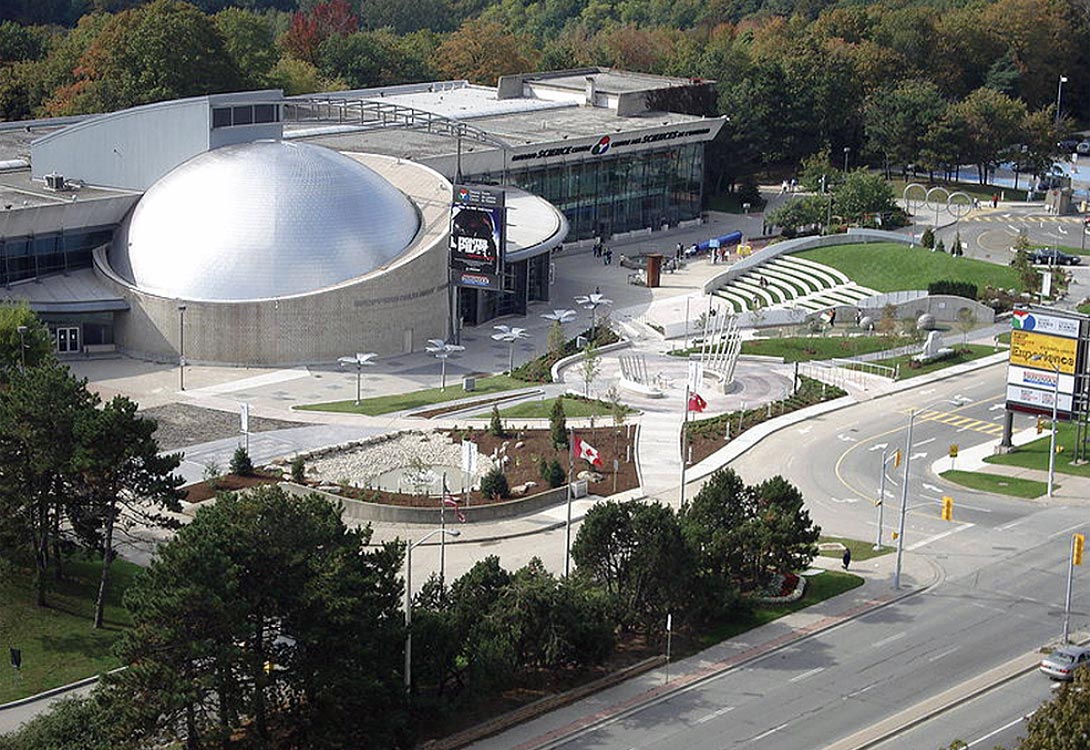
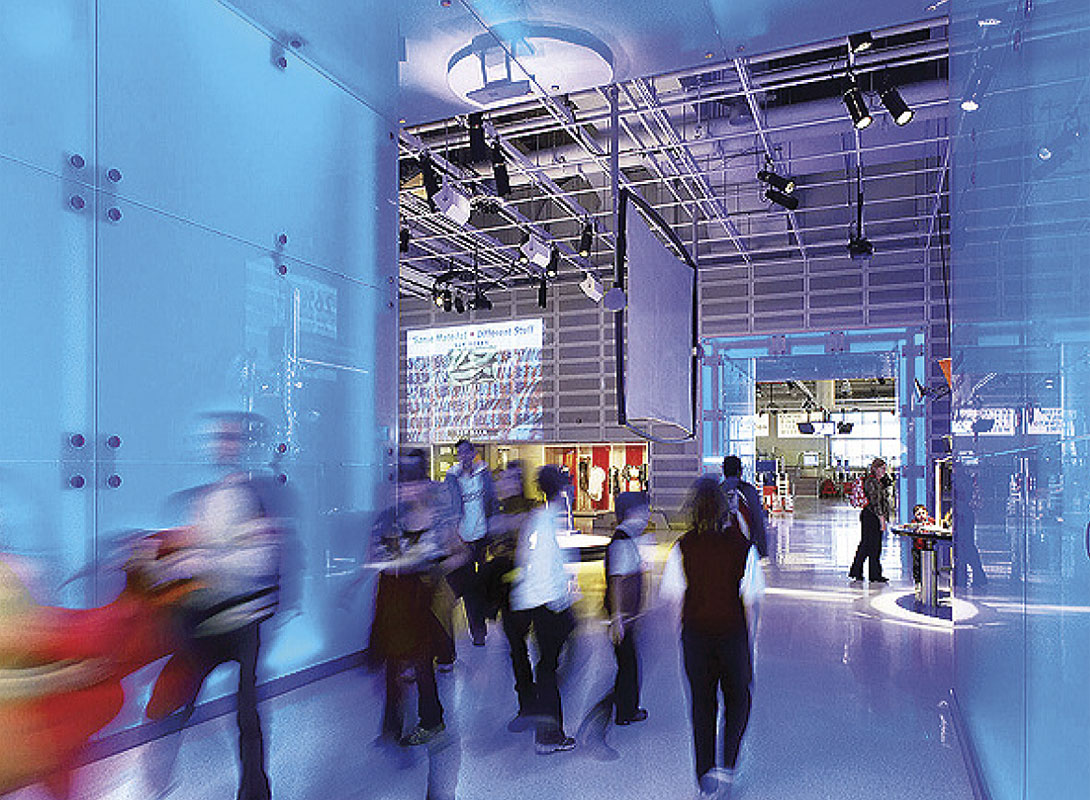
At a recent informational meeting at the Calgary Science Centre (more on that later), I chatted with our current CSEG president, Jonathon Downton. Jon remembers being a frequent visitor to the Calgary Science Centre while growing up, and how it made a big impact on him. He told me how he spent a lot of time down in the basement program activities area, where he made his own telescope, including grinding the lenses out of raw glass.
I suspect that many of us have similar memories. Whether the science centre experience steered us towards careers in science, or we already possessed an innate love of science and were thus drawn to science centres and inclined to remember them fondly is really beside the point. The point is that science centres can be an incredibly powerful and positive factor in the development of professional scientists. On top of that they can cultivate a general understanding and appreciation of science in the public at large, a critical aspect for a society like ours that depends on science and technology to drive its economy.
The TELUS World of Science – Calgary has been planning a new facility for some time, and funding has now reached the point where the project is a definite go. The meeting I was invited to was a presentation to representatives from the geoscience community. The science centre staff has the high level planning for the new science centre more or less in place, and they are now at a stage where they are seeking involvement from various scientific communities. This involvement could range anywhere from sponsorship / donation, to volunteering, to input on exhibits and programs, to cooperation on programs. The article following this one contains some details on this and some calls to action. The main point I want to convey is that with this new and improved science centre going ahead, the CSEG has a fantastic opportunity to contribute, both at a society level, and at an individual member level.
There are so many reasons why having a showcase science centre is an extremely positive development for Calgary, and I will mention a few I can think of. First of all, an effective and dynamic science centre can achieve something in the areas I discussed above – it can nurture and attract young future scientists to careers in science, and it can help raise the general public level of scientific knowledge.
The current science centre was built when Calgary was quite a bit smaller. It is extremely well run, with constantly changing exhibits and programs. This drives attendance via school programs, general local interest, and out of town tourists. Attendance in 2008 was over 300 thousand people, and the current square footage is 60 thousand ft2; compare that with the Deutsches Museum numbers! People close to the Science Centre have been working hard for many years to build this new centre that will accommodate the ever increasing attendance numbers, and their many exciting visions for future programs and exhibits. The New Science Centre 2011 Project will offer local Calgarians this enhanced multi-dimensional experience, and add another world class tourist attraction for out-of-towners.
Lastly, the New Science Centre 2011Project aims to incorporate the latest and greatest philosophies in science centres. Some of the concepts central to traditional science centres are now becoming outdated. For example, it no longer makes sense to spend large amounts of money on specific exhibits built to last, say, twenty years – things change too fast, and it is difficult to design a single exhibit that is relevant to a broad audience. The latest philosophy is to create components that can change and adapt to scientific advances, and different audiences, as needed.
With this unprecedented approach to expand audience reach to include teenagers and adults, there is a greater opportunity for the new science centre to influence engagement, increase dialogue, and enhance critical thinking among all user groups. The emphasis on collaboration, interactive learning, experimentation and creative problem-solving are all skills and behaviors that will help to fuel innovation and a greater interest in science education. For example, a traditional science centre might not be that interesting to an artist, but our new centre could perhaps contain exhibits or activities that explore certain scientific aspects behind particular forms of art, and facilities that will allow programs that combine the science and arts communities. It’s really exciting that we can be part of an effort that is at the leading edge of science education.
Calgary houses one of the most technically advanced work forces in the world, yet few outside of Calgary seem to know that. Most non-Calgarians hold some kind of weird image of our city that is usually a combination of three somewhat erroneous aspects: a yahoo cowboy past that actually isn’t part of our history, the capital city of carbon-spewing, bird-killing dirty oil, and distant memories of the ’88 Winter Olympics with us featured as local volunteers in teal jackets. Where are the high profile public-facing facilities or programs that capture and showcase Calgary’s, modern, high-tech culture? Its high educational standards? Its vibrant and cosmopolitan scientific community? I feel that this fabulous new science centre holds an answer to my questions, and I strongly feel that we as scientists, and the CSEG as a scientific society, should throw our weight behind it.











Share This Column